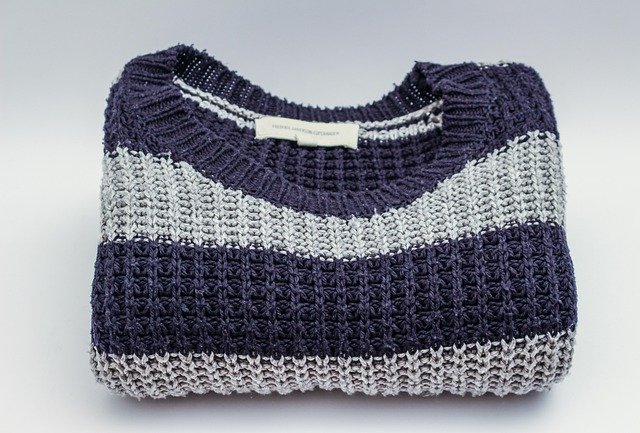Sweatshirts: Styles, Materials, and How to Wear Them
A sweatshirt is a versatile garment found across wardrobes worldwide, bridging casual comfort and everyday practicality. Originally designed for athletic wear, sweatshirts now appear in many forms and finishes. This article explains what sweatshirts are, how they fit into clothing choices and fashion, differences between hoodies and crewnecks, and practical care and sustainability considerations.

What is a sweatshirt?
A sweatshirt is a long-sleeved pullover or zip-up garment typically made from knitted, brushed fabrics like fleece, French terry, or cotton blends. Designed to trap warmth, sweatshirts often feature ribbed cuffs and hems to retain heat and improve fit. Beyond basic designs, modern sweatshirts include variations with zippers, pockets, and performance fabrics that wick moisture. Understanding fabric weight and weave helps when choosing a sweatshirt for specific uses—lightweight French terry works well for layering, while heavier fleece provides insulation for colder conditions.
Sweatshirt and clothing choices
In clothing selections, a sweatshirt serves multiple roles: a comfortable layer for lounging, a practical outer layer for mild weather, and a foundational piece for layered outfits. When integrating a sweatshirt into daily clothing, consider proportion and balance—slim trousers or tailored jeans can offset a boxier sweatshirt silhouette. For professional-casual settings, fine-knit sweatshirts in neutral colors pair well with blazers or structured coats. Fabric quality, stitching, and fit influence durability and appearance, so evaluate those aspects when choosing a sweatshirt that aligns with your wardrobe and lifestyle.
How fashion shapes sweatshirt styles
Fashion cycles have transformed sweatshirts from athletic basics to style statements. Graphic prints, minimal logos, and designer collaborations have expanded sweatshirt aesthetics, while gender-neutral cuts and oversized silhouettes reflect contemporary tastes. Trends also shift fabric choices—sustainable blends and textured finishes find more presence as consumers demand responsible production. Seasonal palettes and pattern choices allow sweatshirts to match wider fashion narratives, whether aiming for a sporty, streetwear, or refined-casual look. Fit, color, and detailing determine whether a sweatshirt reads as relaxed weekend wear or a considered fashion piece.
When to choose a hoodie
A hoodie is a sweatshirt variant that includes an attached hood and often a kangaroo pocket or front zipper. Hoodies are practical for weather protection, adding a layer over the head in wind or light rain, and they offer a casual, sporty aesthetic. Choose a hoodie for active days, travel, or layered looks where the hood contributes to the silhouette. Consider hood construction (lined vs. unlined), drawstring presence, and pocket style for functionality. For a neater appearance, slimmer hoodies with finer fabrics work well under jackets, while heavyweight hoodies are suitable as outer layers in colder climates.
Why choose a crewneck
A crewneck sweatshirt features a round, collarless neckline and is known for its simplicity and versatility. Without a hood, crewnecks present a cleaner neckline that pairs easily with collared shirts, jackets, and scarves, making them a flexible option in both casual and semi-casual outfits. Crewnecks range from lightweight cotton blends to plush fleece and can be styled alone or layered. When shopping, assess neckline finish, ribbing quality, and shoulder seams—these details affect how the crewneck sits and how it layers with other clothing items.
Care, materials, and sustainability
Caring for sweatshirts helps extend their lifespan and reduce environmental impact. Washing inside out on gentle cycles, avoiding high-heat drying, and following manufacturer care labels prevent shrinking and pilling. Material choice influences performance and sustainability: organic cotton and recycled polyester reduce reliance on virgin resources, while blended fabrics may complicate recycling. Look for transparent supply-chain information and certifications when sustainability matters. Repairing rather than discarding, selecting timeless colors and fits, and buying higher-quality pieces are practical ways to reduce waste associated with clothing consumption.
In summary, sweatshirts are adaptable garments suited to a wide range of uses, from activewear basics to considered fashion pieces. Choosing between styles like hoodies and crewnecks depends on intended function, desired silhouette, and layering needs. Paying attention to fabric, construction, and care will improve longevity and comfort, while mindful choices about materials and maintenance can align sweatshirt purchases with broader sustainability goals.






